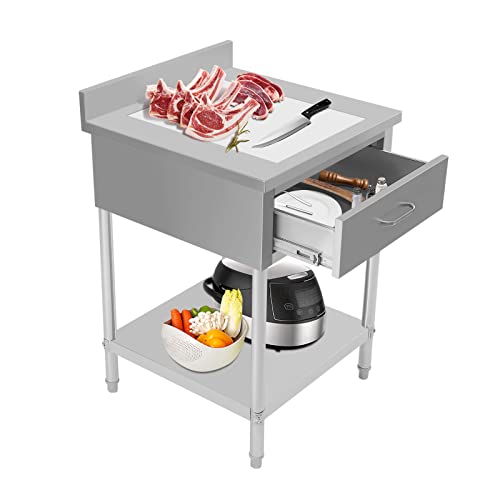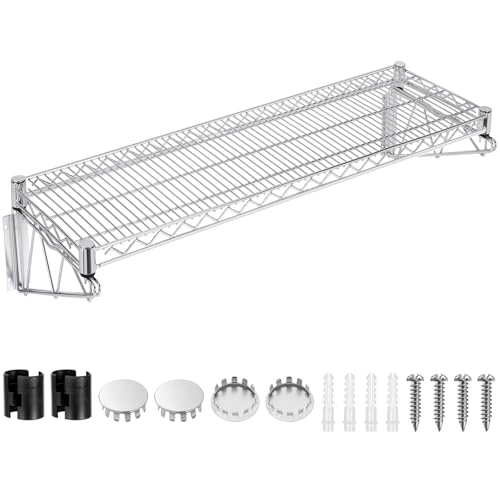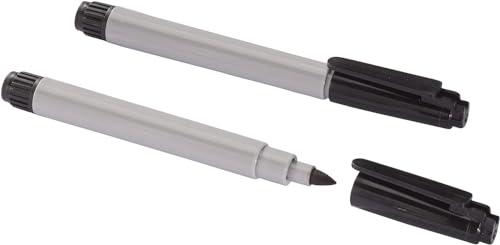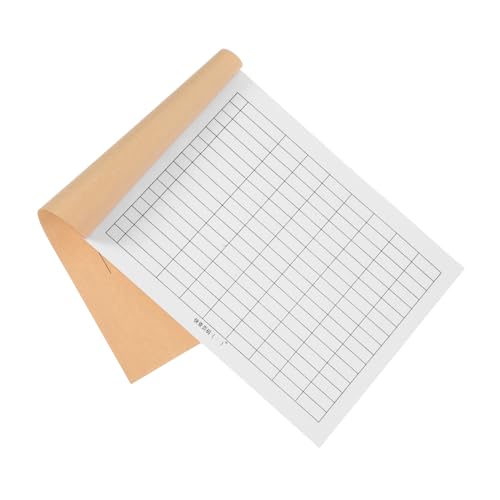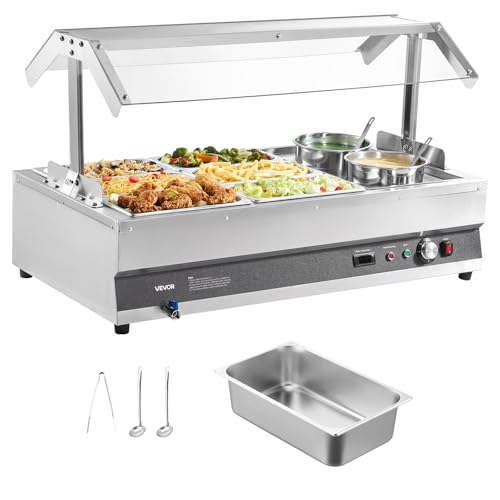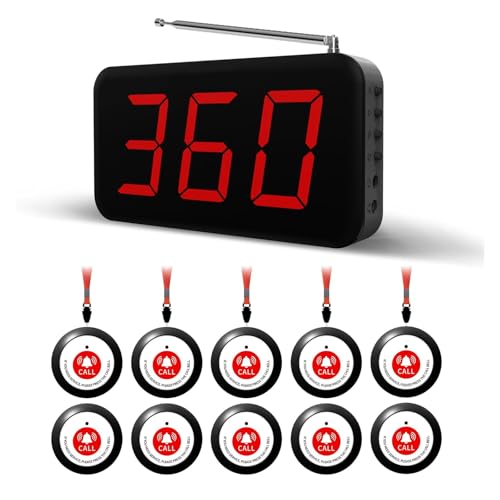You’ll find that organizing a commercial kitchen is both an art and a science, requiring careful planning and strategic implementation. From mapping efficient workflow zones to maximizing vertical storage space, each element plays a pivotal role in your kitchen’s success. Whether you’re operating a thriving restaurant or managing a catering operation, these 17 proven tips will metamorphose your kitchen into a well-oiled machine that saves time, reduces waste, and enhances productivity.
Map Your Kitchen Layout by Zones

When you’re ready to optimize your commercial kitchen’s efficiency, mapping out distinct zones serves as your foundation for success. Start by sketching your kitchen layout on paper, focusing on creating dedicated storage zones, prep areas, and cooking stations.
Position your workflow in a logical sequence, using rolling racks to create flexible workstations. You’ll maximize space and minimize unnecessary steps between tasks.
Implement a FIFO Storage System

Building on your optimized kitchen zones, a First-In-First-Out (FIFO) storage system will revolutionize your inventory management and food safety practices. Label your storage containers with dates and rotate older products to the front, ensuring they’re used first.
Establish clear organization by arranging items by date, making it easy for your staff to maintain proper rotation and reduce food waste.
Utilize Vertical Storage Solutions

Smart vertical storage repurposes your commercial kitchen’s unused wall space into precious organizational real estate. Install open shelving and pegboards to maximize your vertical space, while keeping frequently used tools within easy reach.
Mount magnetic strips for knives and metal utensils, and leverage adjustable wire shelving units to customize storage based on your needs. You’ll free up important counter space for food prep.
Create Designated Prep Stations

A well-organized commercial kitchen starts with strategically placed prep stations that enhance efficiency and maintain food safety standards. You’ll want to designate specific areas for raw meats, produce, and dairy to prevent cross-contamination.
Set up each prep station with essential tools and cutting boards, positioning them near cooking areas. Label stations clearly and arrange them logically to create a smooth workflow for your staff.
Install Efficient Shelving Systems

When setting up your commercial kitchen’s storage solutions, efficient shelving systems serve as the backbone of an organized workspace. Install wall-mounted shelving systems to maximize vertical space, and choose adjustable shelving like stainless steel racks that adapt to your needs.
You’ll want to position frequently used items at eye level, while adding pull-out drawers for better accessibility. Consider mobile units for extra flexibility.
Establish Clear Labeling Protocols

Effective labeling protocols serve as the foundation for seamless kitchen operations and food safety compliance. When you label and date every container, you’ll keep your kitchen running smoothly while maintaining the “everything in its place” principle.
Use color-coded labels to identify different food categories and prevent cross-contamination. Invest in a quality label maker to guarantee clear, professional markings that everyone can easily read and understand.
Optimize Equipment Placement

Beyond proper labeling, smart equipment placement forms the backbone of an efficient commercial kitchen layout. To improve your kitchen organization, position frequently used tools within arm’s reach of work zones.
You’ll enhance workflow efficiency by grouping related equipment together, like placing grills next to fryers. Create U-shaped or island configurations to promote smooth movement, and guarantee there’s adequate counter space around major appliances.
Set Up Mobile Storage Units

Mobile storage solutions serve as the cornerstone of a well-organized commercial kitchen, giving you the flexibility to adapt your workspace on demand. You’ll find stainless steel utility carts and rolling racks perfect for restaurant storage needs, while portable refrigerated units keep ingredients within reach.
Position movable prep tables throughout your commercial kitchen to create efficient workstations whenever you need them.
Design Smart Inventory Systems

Building on your mobile storage foundation, a smart inventory system keeps your commercial kitchen running smoothly and profitably. You’ll want to implement a perpetual inventory system that automatically tracks ingredient usage and reorders supplies.
Use inventory management software to monitor stock levels and set par levels. Regular inventory audits will help you identify slow-moving items and adjust your ordering accordingly.
Maintain Clean Storage Areas

Keeping storage areas spotlessly clean stands as a cornerstone of food safety and operational excellence in your commercial kitchen. You’ll need to regularly sanitize storage surfaces and shelves to prevent contamination.
Implement a detailed cleaning schedule for your team, and use washable containers that make the sanitizing process easier. Train your staff to address spills immediately and maintain rigorous cleanliness standards throughout storage spaces.
Organize Tools by Usage Frequency

Strategic placement of tools can dramatically improve your kitchen’s workflow and efficiency. As a first step, mount frequently used tools on accessible pegboards and countertops. You’ll want to group items by function, with slicing tools, mixing equipment, and portioning implements stored together.
Place heavier equipment on lower shelves, and install magnetic strips for knives and ladles. Create a designated spot for personal tools to streamline access.
Develop Temperature Control Zones

Proper temperature control zones serve as the foundation of food safety and operational efficiency in your commercial kitchen. You’ll need to designate specific areas for refrigeration, freezing, and ambient storage to maintain food quality and safety standards.
Position your equipment strategically to create distinct temperature zones, and don’t forget to monitor each area regularly with thermometers, documenting readings in temperature logs.
Structure Dry Storage Areas

When you establish well-structured dry storage areas, you’ll create a foundation for kitchen efficiency that pays dividends in both time and money. Group similar items together, placing clear containers of dry goods like flour and sugar in designated zones.
Install adjustable storage systems to maximize vertical space, and always follow the first-in, first-out method to maintain freshness and reduce waste.
Arrange Walk-in Refrigeration

Just as your dry storage needs precise organization, your walk-in refrigerator demands thoughtful arrangement to maintain food safety and operational flow. Dedicate specific zones for different items, placing raw proteins on bottom shelves to prevent cross-contamination.
Keep your first priority on proper rotation by storing items with nearest expiration dates in front. Include refrigerator organization in your daily Cleaning Checklist, ensuring clear labels and proper temperatures.
Position Safety Equipment Strategically

Strategic placement of safety equipment serves as the backbone of your kitchen’s emergency preparedness plan. Install fire extinguishers and first aid kits where they’re easily visible and accessible. Mark emergency exits clearly and maintain clear paths to them.
Place slip-resistant mats in high-traffic zones and anti-fatigue mats at workstations. Don’t forget to secure electrical cords to prevent tripping hazards.
Configure Waste Management Areas

A well-designed waste management area forms the foundation of an efficient commercial kitchen operation. To optimize your kitchen’s sustainability and sanitation, set up dedicated disposal zones near the kitchen exit.
You’ll want to install separate bins for recyclables and compostables, and use wheeled containers for easy transport. Position these areas away from food prep stations and maintain a strict cleaning schedule.
Set Up Quality Control Stations

Why settle for inconsistent food quality when proper quality control stations can revolutionize your kitchen’s output? To enhance your kitchen organization, strategically place quality control checkpoints along your workflow, especially before plating and packaging.
Train your staff on specific quality criteria, and use clear signage to guide them through verification steps. Don’t forget to document issues and implement improvements for better results.
Conclusion
You’ll see dramatic improvements in your commercial kitchen’s efficiency by implementing these organizational strategies. Start with mapping clear zones, then systematically address storage, prep stations, and workflow patterns. Don’t forget to regularly review and adjust your systems as needed. When your staff can work smoothly in a well-organized space, you’ll augment productivity, reduce waste, and deliver better service to your customers.


